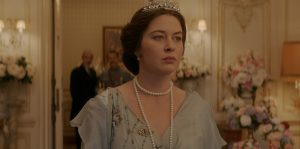
The subject matter of director Alexis Cahill’s Queen Marie is an interesting one that merits some praise. The historical drama reconstructs a particularly complex chapter from the life of the last Queen of Romania. She took it upon herself to campaign for the idea of a Greater Romania at the Paris Peace Conference in 1919. It focuses on this particular journey as the fierce and inspiring figure battles against rampant misogyny to make her voice heard in a patriarchal system. Unfortunately, the execution of this project lacks the required amount of grace to tackle such an important topic.
Roxana Lupu stars as the titular queen and delivers a performance filled with an uneven mixture of confidence and unconvincing hesitancy. This is a common occurrence that can be observed in many of the actors in Queen Marie, who, at times, seem unsure of their surroundings as well as the characters that they are supposed to inhabit. It is almost as if Cahill involuntarily orchestrated a concerted attack against the audience’s suspension of disbelief by occasionally making the viewing experience as far from immersive as possible.
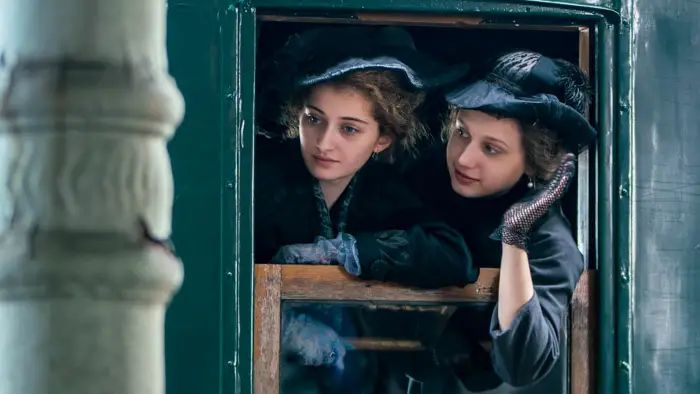
“…took it upon herself to campaign for the idea of a Greater Romania at the Paris Peace Conference…”
Another major flaw in the project is the visual narrative, particularly the editing, is applied in a manner best described as mindlessly haphazard. It is thoroughly arrhythmic and not nearly clever enough to pass off as “experimental.” In terms of the visual presentation, the only redeeming quality is the impeccable mise-en-scène which shoulders the vital responsibility of transporting the audience to the appropriate time period on its own. The lavish costumes of Queen Marie and the elaborate recreation of history through the intricate set design is primarily why the production received recognition and won national awards and nominations in those categories.
The film also contextualizes the post-World War I politics in Europe and sheds some light on Romania’s struggle with its national identity in a manner that makes it understandable to everyone watching. However, the narrative never makes up its mind about the topics it addresses. It attempts to launch a subtle critique of the decadence of aristocratic grandeur by contrasting it with the economic reality of the rest of the country. Strangely, screenwriters Brigitte Drodtloff and Maria-Denise Teodoru go into denial of that reality almost immediately after bringing it up through indulgent portrayals of the rituals of the rich. These scenes define spectacle without substance, resulting in many viewers rightly comparing Cahill’s work to a soap opera.
The one thing that Queen Marie has undoubtedly proven is the exigent demand for a better movie that will properly chronicle the legacy of the Romanian Queen. As it stands, Cahill, Drodtloff, and Teodoru seem unsure of the kind of film they wanted to tell. They appear equally confused about how to convey the grandiose themes present in the story, and the cast simply gets lost in all the confusion.
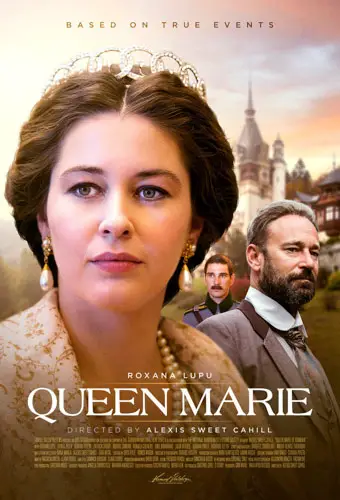
"…impeccable mise-en-scène...lavish costumes..."
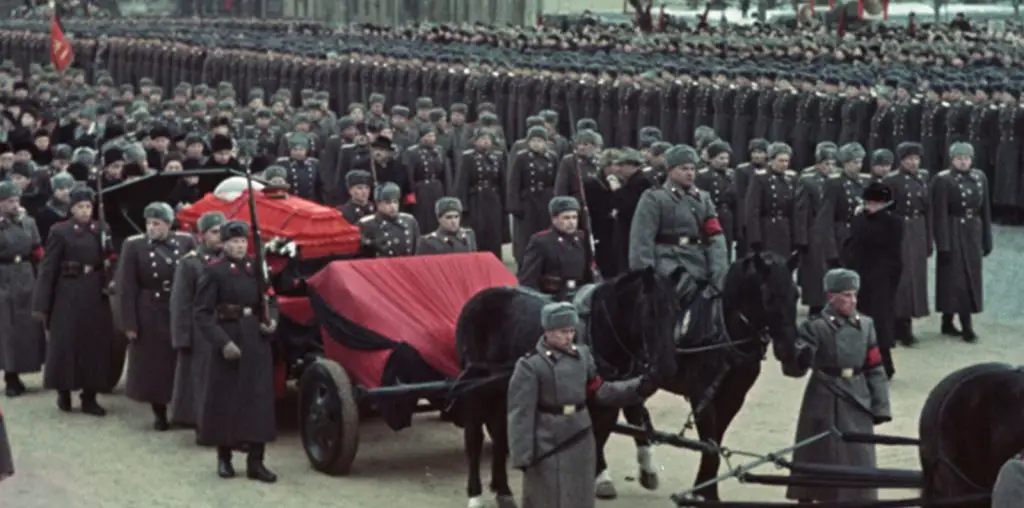
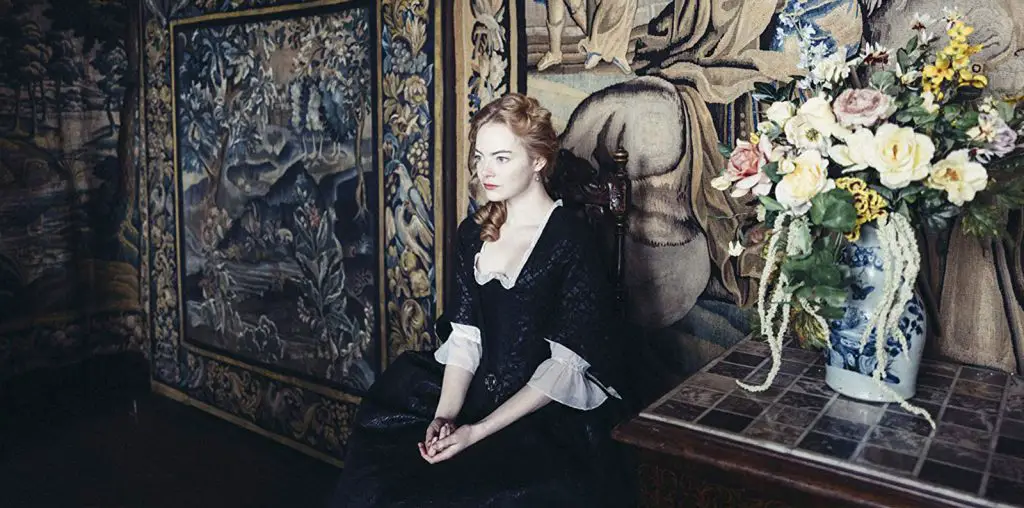
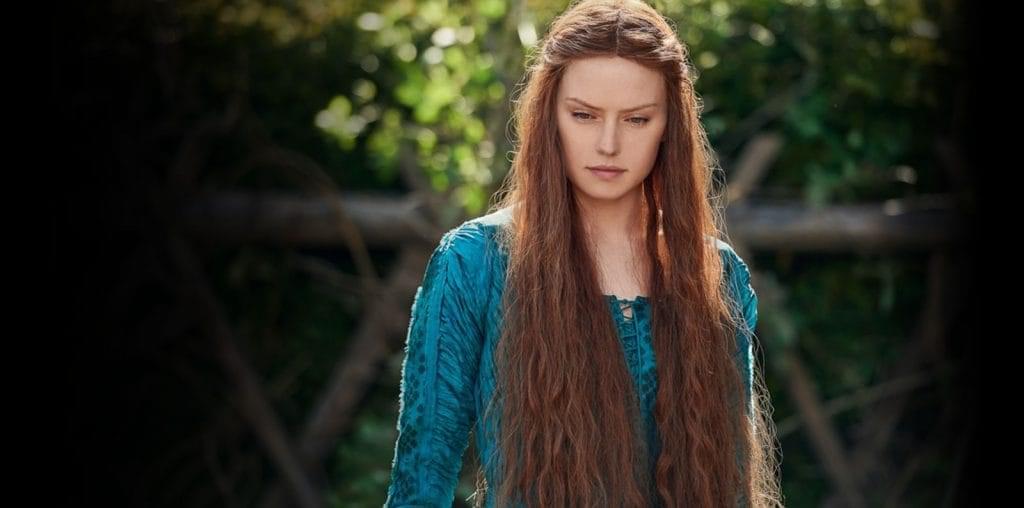
[…] Source link […]